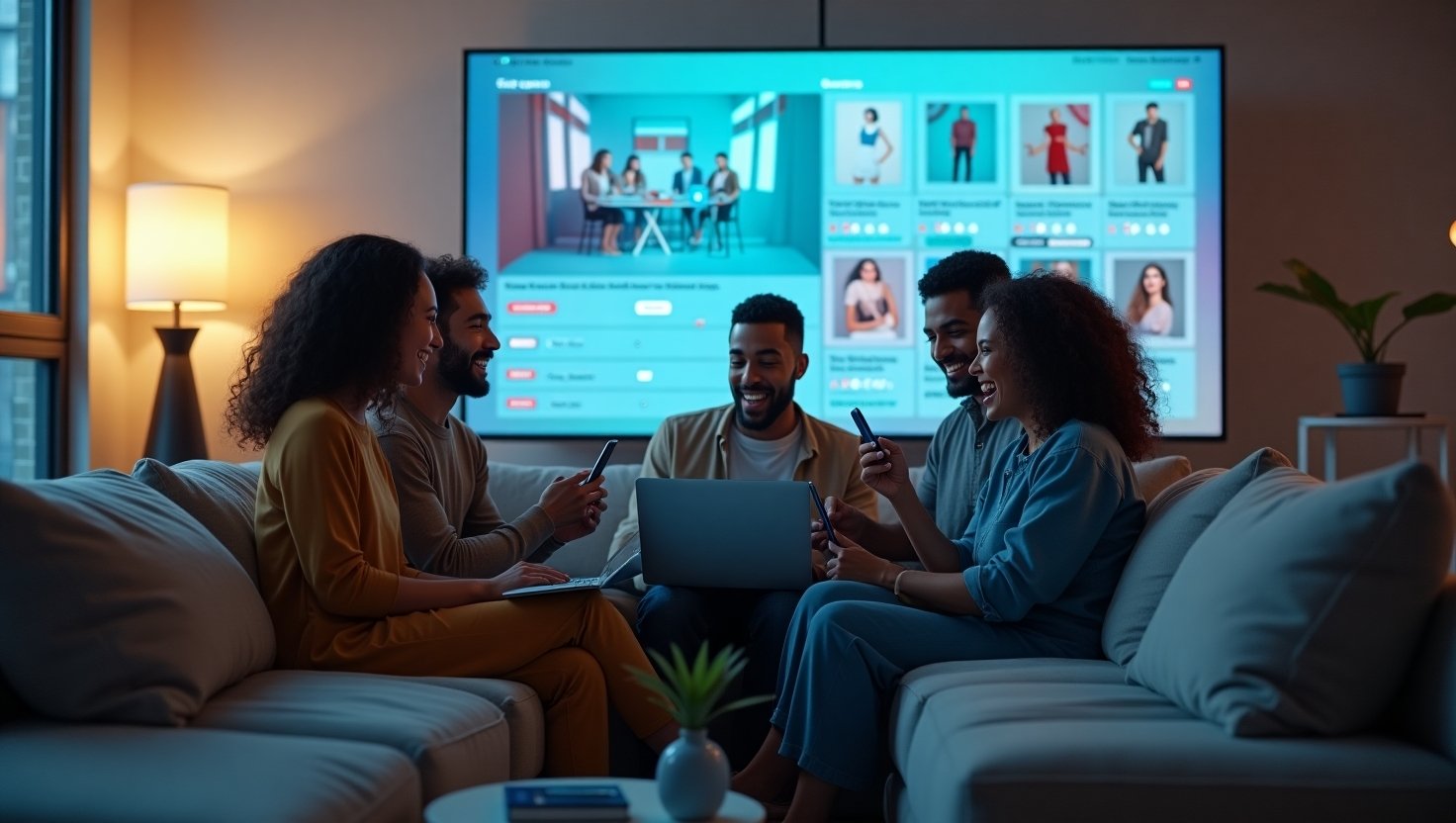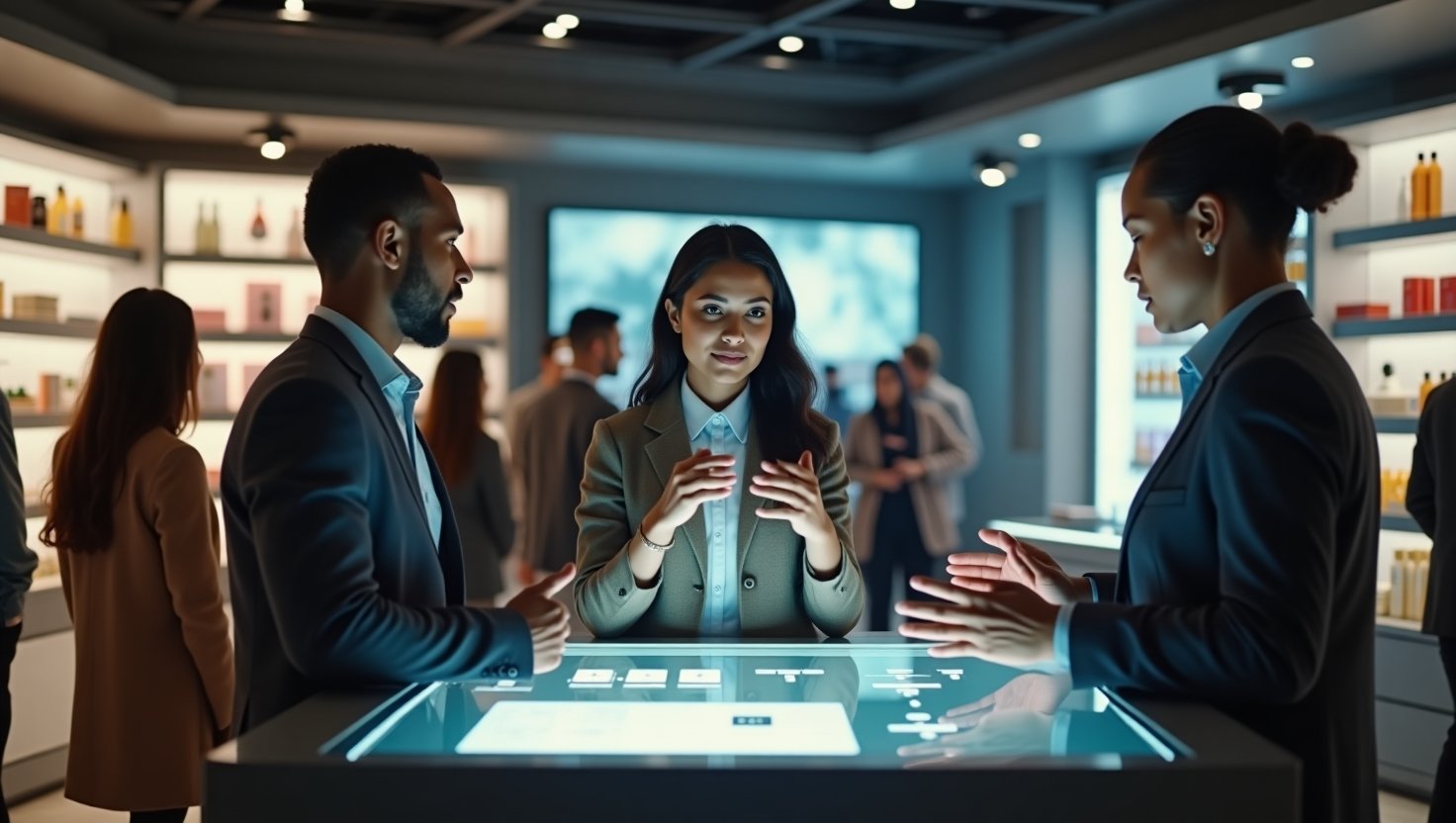Introduction
Sales promotions are a great way to increase sales and drive buyer behavior. They can be used at any point in a customer’s journey, including during the shopping process, right before check-out, or when they’re reminded of your brand after they have already made their purchase. Here’s an overview of 8 types of sales promotions you can use in retail:
Discounts
Discounts are a common sales promotion that can take many forms. They can be a percentage off, a dollar amount, or even “buy one get one free”. There are also other types of discounts such as coupons and loyalty programs.
Discounts can be used for both new customers and existing customers. In fact, some retailers may have different promotions for each group of customers! You should always test out your discount before implementing it on your site or in-store because not all promotions will work for everyone.
BOGO Sales (Buy One Get One Free)
BOGO sales are a popular way to increase sales. This method is commonly used in retail, but can also be implemented in other industries as well.
BOGO sales are effective because they offer customers the opportunity to purchase an item at a reduced price because they have already made the decision to buy one product. With this type of promotion, you offer two similar items at different prices so customers will feel like they’re getting more for their money by choosing the lower-priced option.
Flash Sales
Flash sales are short-term sales with a limited number of items. They’re often promoted on social media, and can be for one day, or for a limited time such as 24 hours. For example, if you sell shoes online, flash sales could be when you offer 10% off all your shoes for one day only. The key to making flash sales work is to make sure that the discount is large enough to help you get rid of inventory without hurting your brand’s reputation.
Gift Cards
Gift cards are a great way to increase sales. They can be used for in-store purchases, online purchases and over the phone. Gift cards are also a popular way to encourage repeat business since recipients often spend more than the value of the gift card when they use it.
You can give out free gift cards as an incentive for new customers to make purchases or as rewards for returning customers who spend more than average on your products or services. You could also give out branded gift cards that include information about your company in order to increase brand awareness and create goodwill among consumers who may not remember where they purchased their last item from but will hopefully see the opportunity to do so again with this small reminder on hand!
Cross-selling and Upselling
Cross-selling is the process of selling the same product to a customer who has already bought that product. For example, if you’re a shoe store and someone comes in to buy some shoes, you can offer them socks or shirts or other complementary items. Upselling is the process of selling a more expensive or better product to a customer who has already bought the product. For example, if someone buys a pair of shoes from you at $100, you could upsell them by offering another pair for another $100 – which would be getting more money out of an existing sale rather than trying to make new sales from scratch.
This concept works because people are more likely to buy something when they have already made their mind up about something else – so if customers are thinking about buying one type of item (such as what kind of socks) then it’s easier for businesses to sell them related items (like shirts).
Coupons
The next type of promotional technique you can use is a coupon. Coupons are a very popular way to promote your business and drive sales, but it’s important to remember that they have the ability to become less effective over time. You may notice that once you offer your shoppers a few coupons, they stop responding as much because they expect more deals in the future. The trick with coupons is knowing when and how often to use them so that you get the most out of them without getting overwhelmed by requests for offers from customers who aren’t even buying from you anyway.
Coupons come in two main forms: online and physical coupons (like those found at checkout counters). Physical coupons are easy for both businesses and consumers; these printed copies of digital codes allow customers who receive them through snail mail or email marketing campaigns -or even those who pick up an actual physical copy at their local grocery store -to scan them using their phone cameras directly at checkout counters when making purchases online or in person at bricks-and-mortar locations like grocery stores or pharmacies where they live near one another every day!
Loyalty Points
Loyalty points are a great way to incentivize customers to buy more. Whether you offer them for free shipping, access to special events, or discounts on future purchases, loyalty points are something everyone loves. These rewards can be redeemed for all sorts of things:
- Free products
- Free shipping
- Discounts on future purchases
The best part about loyalty points is that they’re self-sustaining. You won’t have to pay for them like you would with other promotions because your customers love earning and using them!
Free Samples or Trials
Free samples and trials are a great way to get customers to try your products. They’re also a good way to sell other products, or even use them as a launch platform for new products.
Free samples are usually given out in small amounts, but they can also be offered as part of an ongoing trial where customers pay a fee that covers shipping costs in exchange for the product itself. Typically, these types of promotions last between two weeks and three months.
Conclusion
With so many different sales promotions available, it can be hard to choose which one is right for your business. The most important thing is that you take the time to understand what your customers want, then create a promotion that will appeal to them. Remember, these aren’t just sales events—they’re opportunities for retailers and brands alike to get creative and connect with their audience on a deeper level by offering something more than just an item on sale!










